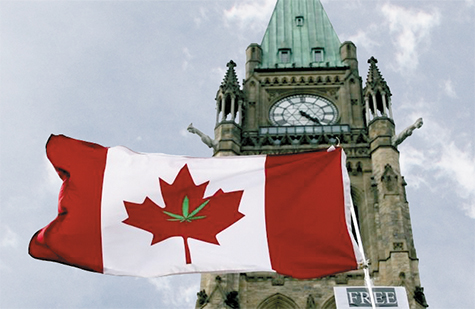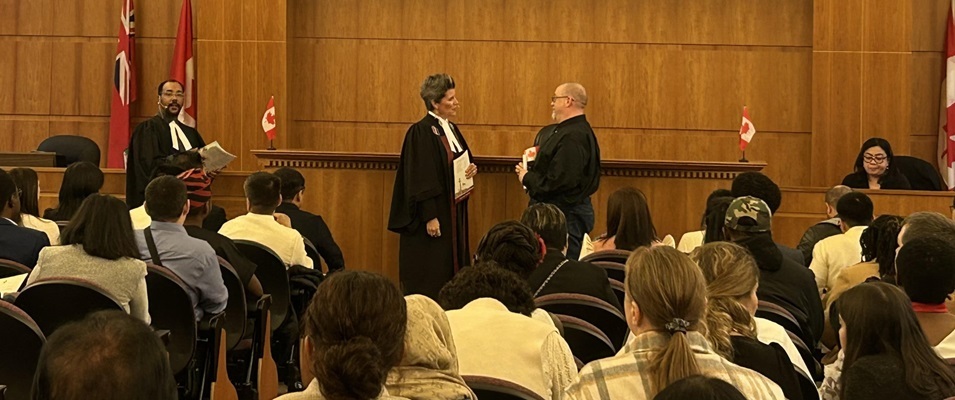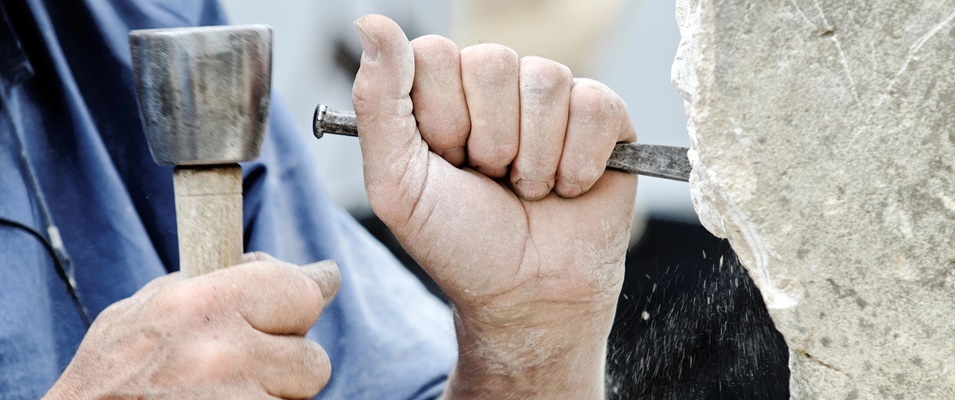
As promised, federal and provincial authorities are exploring the legalization of marijuana. This will not be an easy one for many people to digest. Even those individuals who celebrate April 20 as National Weed Day are curious to see what it will mean—and those who have seen the life challenges of drug use are fearful of the proverbial floodgates opening.
I must admit, I find myself flirting with both edges of this issue. I have seen the consequences of drug use and its impact on families, yet I acknowledge that some of this impact may be solved through control.
Looking at the current situation, we are a nation in which more than one in 10 people use weed on occasion, with a much higher percentage seen in youth. Unlike many other illicit drugs, it is one of the few which Canada produces enough to export rather than depending on a global network to supply. And with usage as high as 12 percent, chances are that everyone knows someone who smokes pot, casually or regularly. We have a soft tolerance of marijuana, to the point that Canadians are known for being relatively open to its use.
The most alarming statistic is the prevalence of users in the 15- to 24-year-old age group. One in three of these youths use the drug at an age when their brains are still developing, and THC (tetrahydrocannabinol, the active ingredient in marijuana) has been shown to alter this development. The physical impacts of casual pot use are otherwise minimal, although dependence on the “escape” produced by the high can have a detrimental impact.
What is often cited is the likelihood of marijuana opening the door to other drugs. Considering that the price of weed hasn’t kept pace with inflation, and has indeed dropped over the past few decades, it is only natural that the entrepreneurial network of dealers uses it as a loss leader to upsell more profitable chemicals. Many of these chemicals are cheap to produce and result in a higher and more immediate addiction; they produce loyal and high-volume customers.
Would control and sale by a government agency stem some of these problems? In short, yes. Government controls would remove the interaction between users and the current vendors. On the underground market, pot dealers are often connected with other criminal activities. While the black market for pot wouldn’t disappear, a considerable dent would be put in their sales, removing funds for other illicit activities and damaging their distribution network.
Legalization may also take pressure off a broken and overloaded justice system. The current resources dedicated to pot possession and usage could potentially be better directed towards the illicit distribution network. Due to lack of resources and prioritization, police are already exercising discretion in possession charges. Resources to identify and curb those under the influence will need to be strengthened, but the argument could be made that we need to do that regardless.
Would there be potential problems? Undoubtedly. Access will be easier, depending on the sale model, and this could result in more regular usage, including more experimentation by people who have avoided marijuana until now due to its illegal nature. Strong measures to ensure that it’s only sold to adults, and strong penalties for providing the drug to minors, must be in place just as they are for alcohol sales.
How government chooses to word legislation and exercise control will be critical. If they choose a model similar to alcohol, allowing production to remain in private hands with strict controls, they’ll both please the “potheads” with good quality weed and reduce the need for users to go underground to get the good stuff.
Ultimately, it’s not a question of whether marijuana is legalized; it’s the details around the legislation that will determine its impact. Can our governments see their way to direct potential tax resources to solve old problems and the new ones that such a law may create? Given the original intent and actual use of many taxes (including income tax, fuel tax, and others), we should be wary.



















